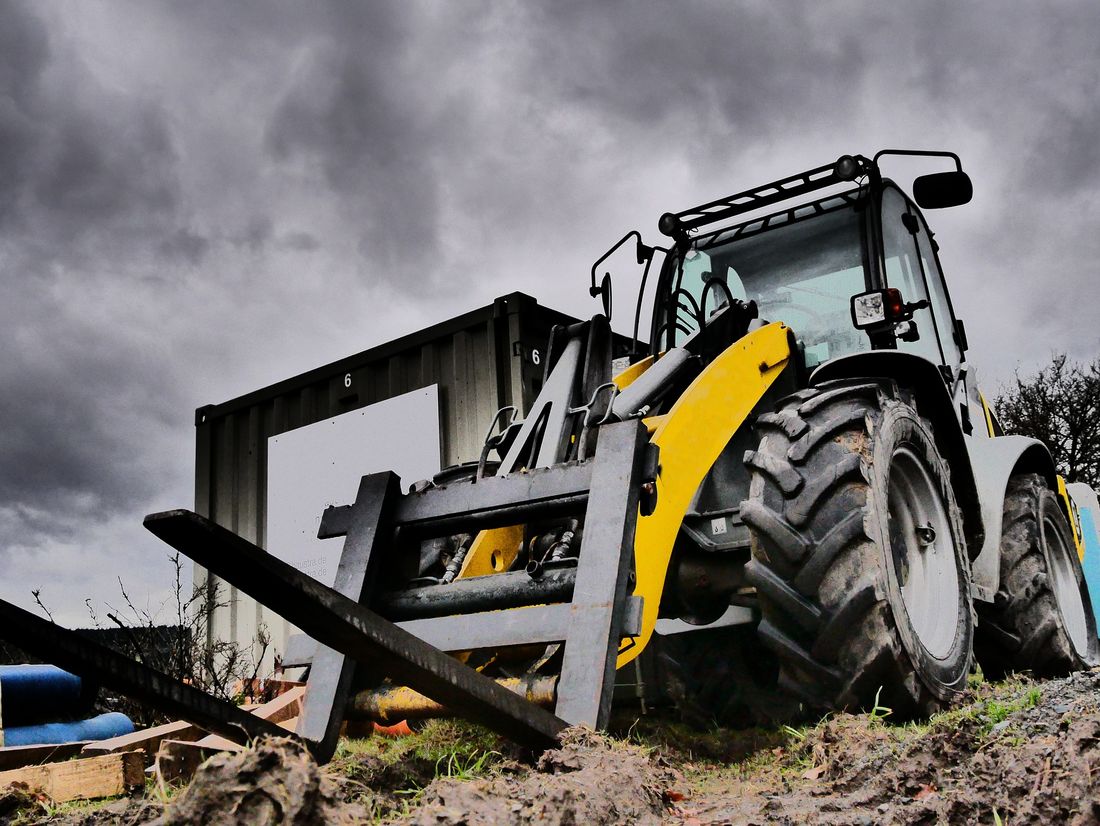
Phone (02) 4964 9406
Mobile 0405 758 535
Email training@allclass.net.au
Address 10 Kilcoy Drive, Tomago NSW 2322

Forklifts are essential tools in various industries, from warehouses to construction sites. Understanding the different types of forklifts and their specific applications can help you choose the right equipment for your needs, ensuring efficiency and safety in your operations.
Here, we delve into the six most common forklift types, highlighting their features, uses, and licencing requirements for operators.
An industrial high-reach forklift truck is designed primarily for indoor use, especially in warehouses where high shelving is common. They are built to reach significant heights, allowing operators to access stock stored at various levels.
Two common types of industrial reach forklifts:
Operators typically need an LF Class High-Risk Work Licence, which includes training on operating the equipment safely and efficiently.
Counterbalance forklifts are one of the most common types of forklifts, used extensively in both indoor and outdoor environments. They have forks protruding from the front, and the counterbalance weight at the back allows them to lift heavy loads — ideal for loading and unloading goods in warehouses, stacking pallets, and moving finished products in manufacturing.
There are various types of counterbalance forklifts available:
An LF Class High-Risk Work Licence is required, which covers the safe operation of counterbalance forklifts. Complete counterbalanced forklift training with us — book your training today.
Rough terrain forklifts are built for outdoor use, especially with uneven and rough surfaces — think agriculture and construction sites. They feature inflatable tyres with deep treads and powerful engines, making them suitable for heavy-duty tasks.
These strong machines feature careful counterbalancing at the back, ideal for transporting heavy loads across rough terrain without having to worry about the potential for overbalancing.
Two common types of rough terrain forklifts include:
Operators need an LF Class High-Risk Work Licence for rough terrain forklifts due to the unique challenges and safety considerations involved.
Side loader forklifts have forks mounted on the side, allowing them to pick up loads from the side rather than the front. This design is particularly useful for handling long or wide loads in narrow aisles.
There are two types of side loader forklifts:
A specialised LF Class High-Risk Work Licence is required to operate side loader forklifts, covering the unique operating techniques required.
Telescopic handler forklifts, also known as telehandlers, are versatile machines commonly used in agriculture and construction. They feature a telescopic boom that can extend forward and upward, and they can be fitted with various attachments, such as buckets, pallet forks, and lifting jibs.
If the telescopic handler is fitted with a jib attachment and used as a crane (with a capacity of over 3t) then the operator would need a CN (non-slew crane licence). If the telescopic handler is fitted with a man basket and can lift to a platform height of 11 metres, the operator must have a WP (Elevated Work Platform) Work Licence.
Some states and individual work sites may have other specific requirements to operate a telescopic handler. An individual worksite can enforce stricter requirements than those mentioned in the WHS Regulations and the Australian Standards.
Pedestrian-operated pallet trucks are simple, easy-to-use forklifts designed for moving pallets. Their forks slide under a pallet and lift the load easily using a hydraulic jack, and they are operated by a person walking behind or alongside the machine.
These forklifts have a limited lift capacity, so if you need to transport the item from a low point to a higher surface, you’ll need to use a lift truck.
There are no licensing requirements to operate a pallet truck, but the management team is still responsible for ensuring you can operate it safely.
Are there prerequisites for this course?
There are no prerequisites, but course requirements include:
Can I complete my training and class 1 forklift licence online?
Due to the high-risk nature of forklift use, we do not offer training or assessments online. You must complete hands-on practical training to receive this licence which involves attending training either on-site or at our purpose-built facility.
Not at all. At All Class Training, our forklift licence course has a pass rate of over 99% thanks to our experienced course coordinators and quality training. You will receive practical training and learn how to operate a forklift truck in a purpose-built training centre. After passing a theoretical and practical assessment, you will be issued a ticket to be traded in for your licence.
No need to complete multiple courses; we will cover high-reach machines including counterbalance forklift training, so you can feel confident operating the forklifts relevant to your role.
Understanding the specific features, applications, and licensing requirements of various forklifts will help you make an informed decision for safe, effective, and productive work. Contact us at (02) 4964 9406 to book careers training at our huge training centre, or to discuss tailored on-site training at your location.
We will ensure you have the necessary skills to operate high-reach trucks and forklifts safely and efficiently.